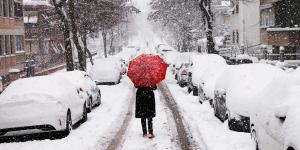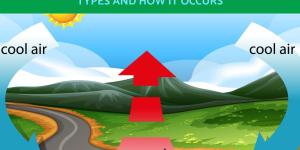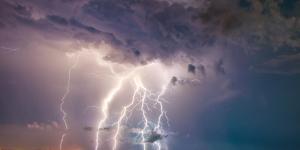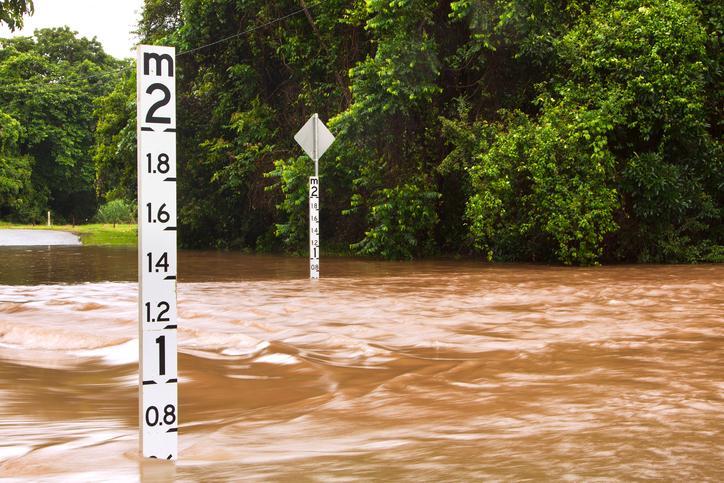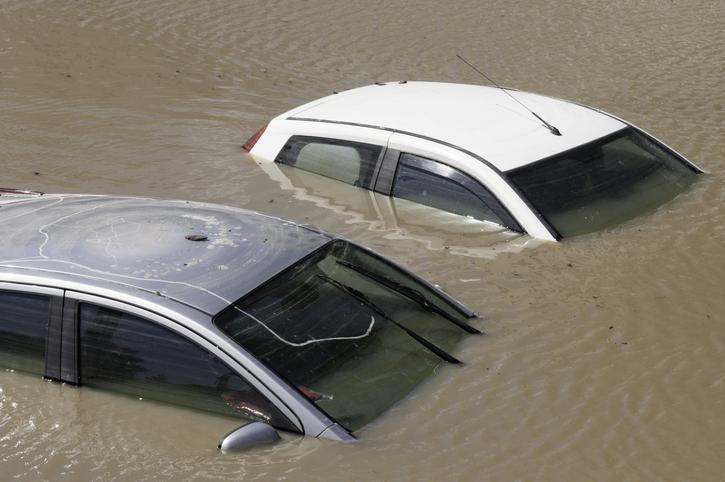What Is the Cold Drop Weather Phenomenon?


The term "cold drop" refers to a recurring meteorological event that occurs yearly, primarily impacting the weather along the Mediterranean side of the Iberian Peninsula. It unfolds when a pocket of cold air above descends and disconnects from the main cold air mass. This phenomenon gives rise to various weather conditions and effects, often contributing to noteworthy and occasionally intense weather events.
The following article from thedailyECO provides insights into the meteorological phenomenon referred to as the cold drop. It explores how this phenomenon forms and discusses its potential effects on the environment.
What is cold drop?
The term "cold drop," referred to as "gota fría" in Spanish, is often used in Spain to describe significant episodes of heavy rainfall and unexpected cold temperatures. It arises when a substantial body of cold air moves into an area, causing a sudden temperature decrease.
This cold air interacts with warmer air in regions with milder climates, leading to various types of storms and meteorological instability. Consequently, strong winds, potentially reaching speeds of up to 100 km/h, can occur. These changes can bring sudden shifts in weather conditions, including temperature drops, strong winds, and sometimes precipitation like rain or snow.
These events tend to occur more frequently along coastlines adjacent to warmer water bodies. The rise of humid air from these warm seas facilitates the formation of cold drops when it encounters the polar jet stream. For instance, the Mediterranean coast is particularly vulnerable to the influence of cold drops due to its proximity to the Mediterranean Sea. Additionally, cold drops can be quite extensive, often covering several hundred kilometers.
Cold drops are associated with swift weather changes and can create challenges for residents in affected areas. Their prevalence varies based on factors like geography, time of year, and the strength of the cold air mass, resulting in unpredictable conditions.
Be sure not to miss this other article where we explain what the difference between temperature and heat is.

How is the cold drop formed?
To understand the formation of a cold drop, it's essential to delve into the concept of the polar jet. The polar jet is a high-speed stream of frigid air encircling one of the Earth's poles. This forceful and slender current, often exceeding speeds of 180 km/h, operates at altitudes between 7 to 12 km above sea level. Its trajectory displays a meandering pattern shaped by specific climatic conditions.
When a polar jet interacts with warm currents, a portion of the jet can "break" or detach from the main flow. In this scenario, the cold air mass becomes ensnared between the warmer currents, giving rise to what's known as a cold drop.
When this cold air mass overlaps with a temperate air mass, heavy rain, thunderstorms, hail and strong winds are created. The greater the difference between the temperature of the cold air mass and that of the sea, the more intense the effects of the cold drop will be.
However, this phenomenon isn't a constant occurrence and relies on specific atmospheric factors. The cold drop occurs essentially in autumn and, above all, on the Mediterranean side of the Iberian Peninsula. This is where the clash of polar air, which arrives from Western Europe, and the warmer and more humid air from the Mediterranean occurs.
You might also be interested in this other article, where we discuss what hurricanes are and how do they form.
Effects of cold drop
The effects of a cold drop can be far-reaching, and it can trigger a range of weather disturbances and adverse conditions. Some notable effects of a cold drop include:
- The interaction between the cold air mass and warmer air often leads to the formation of intense storms, including heavy rainfall, thunderstorms, and even hail in some cases. These weather events can result in localized flooding, increased river levels, and hazardous road conditions.
- Cold drops can bring about strong and gusty winds, which can cause damage to structures, trees, and power lines. Wind speeds during a cold drop event can reach up to 100 km/h or more, posing risks to outdoor activities and transportation.
- The arrival of a cold drop can cause a rapid drop in temperature. This sudden temperature shift can catch people off guard and lead to discomfort, especially if they are unprepared for the colder conditions.
- The collision of contrasting air masses can create an unstable atmospheric environment. This instability can result in unpredictable weather changes, making it challenging for individuals to plan outdoor activities.
- Cold drops can have adverse effects on agriculture. Excessive rainfall can lead to soil erosion, waterlogging, and damage to crops. The combination of heavy rain and strong winds can further harm crops and hinder agricultural activities.
- The effects of a cold drop can have economic repercussions, ranging from damage to infrastructure and property to disruptions in economic activities such as tourism, agriculture, and transportation.
It's important to note that the effects of a cold drop can vary depending on the region, the intensity of the phenomenon, and the local geography.
Before you go, do not miss this other article where we discuss the different types of environmental impacts.

If you want to read similar articles to What Is the Cold Drop Weather Phenomenon?, we recommend you visit our Meteorological phenomena category.

